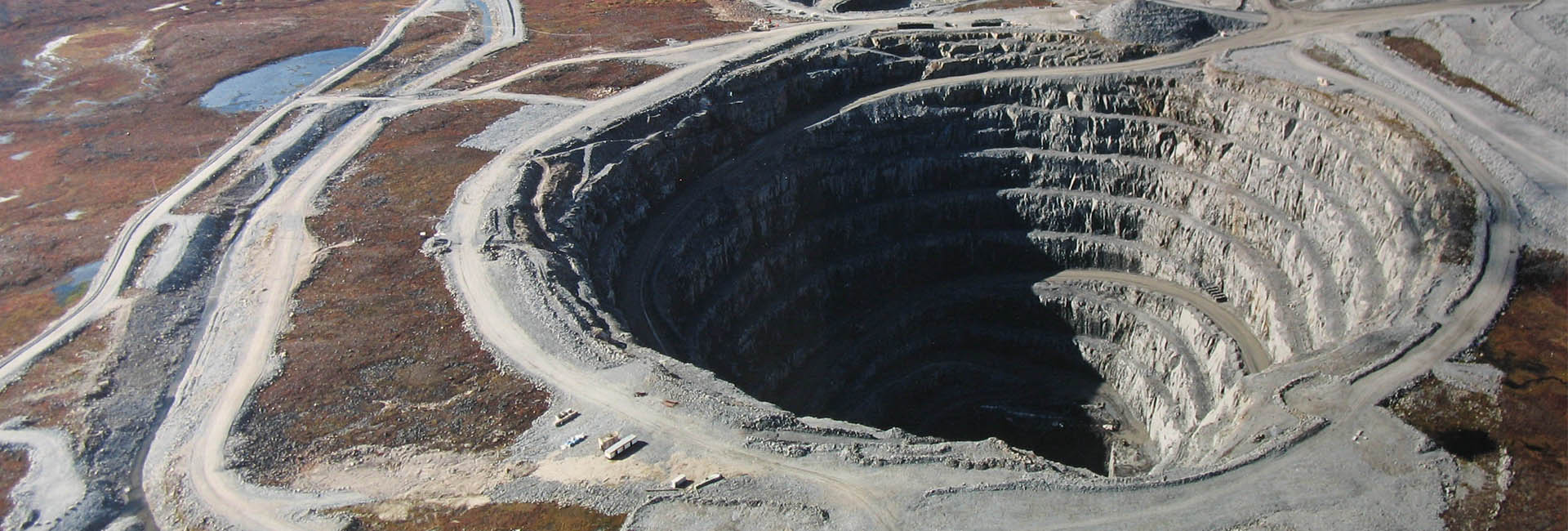
 - webklein.jpg)
With her unique flying capabilities, Marlyn improves operational efficiency, reduces downtime, and improves safety for surveyors and their equipment. Due to her vertical take-off and landing (VTOL), you don’t have to worry about the potential damage of belly landings typical for conventional fixed wings and don’t have to spend valuable time searching for a suitable landing zone. Marlyn will transform the way you collect geospatial data and will allow you to map even the most challenging surveying job.
Marlyn captures geo-referenced aerial images with resolutions down to less than 1 cm (0.4 in), which are transformed into point clouds with millions of data points for each single flight. Even more time can be saved by using the survey grade Marlyn equipped with PPK (Post processed kinematics), which enables you to achieve absolute X, Y, Z accuracies down to 1 cm (0.4 in), with fewer to no Ground Control Points needed.

Marlyn, as a VTOL drone, enables you to perform a survey from above, eliminating the need for surveyors to move around in the pit, minimizing the corresponding downtime and greatly improving the safety of the surveyors.
Marlyn can be rapidly deployed, making it possible to generate a precise (3D) model within hours rather than days or weeks using traditional surveying techniques. The system is launched with the push of a button, making it very easy to generate the data. In addition, the vertical take-off and landing capability of Marlyn ensures safe landings in a small designated area, regardless of surface roughness. Operators no longer have to worry about damaging the drone during landing.
Marlyn can provide 3D maps and visualizations of an area faster and much more efficient when compared to ground-based surveys. Fewer man hours are needed to create larger and more accurate data sets, resulting in reduced costs.

Aerial images have been used in environmental monitoring for decades to perform a variety of tasks. Using drones to capture image data enables operations to be planned with flexibility and on short notice compared to manned aviation, ensuring that imagery is quickly available. Marlyn operates at low flight altitudes below the clouds so you always get the clearest images possible. Moreover, the quiet and energy-efficient electric motors are not only environment-friendly but also reduce the impact of noise on humans and animals.
Marlyn is controlled from the ground by a laptop and is able to take-off and land vertically like a helicopter, making it possible to deploy from densely vegetated areas. Equipped with a high-resolution camera and a built-in GPS the digital images captured by the system are automatically geo-referenced, which means that they are precisely aligned with existing geographical coordinates. This enables the creation of 3D models and/or orthophotos of the mapped area.
The combination of infrared aerial and NDVI (normalized difference vegetation index) photos produces images that can be used to measure intrinsic tree characteristics related to plant health, growth and biomass.

Capturing images from the sky results in the ability to cover a large area in a short time period. Multispectral cameras can detect light reflectance in the visible and invisible spectrum that can be used to determine the plant stress on an individual level. Combining Marlyn with a multispectral camera creates the opportunity to visualize the crop health from a large terrain.
Already drones are becoming the preferred aerial-support platform for farmers. Drones have a very high level of flexibility, can be deployed rapidly, have a superior resolution and are not susceptible to cloud cover. Mapping and surveying drones, therefore, have a clear advantage over satellite imagery and manned aircraft surveys. To be more specific, a satellite is limited in spatial resolution, has slow image acquisition and is susceptible to cloud cover. Manned aircraft have higher operating costs and lack flexibility.
Marlyn is fully automated. With a simple push of a button the drone lifts off and starts mapping the crops. After the flight, the drone will land again vertically at the same spot it was launched. The captured data is post-processed into (3D) maps, in combination with i.e. Normalized Difference Vegetation Index (NDVI) algorithms to provide the user with actionable insights.